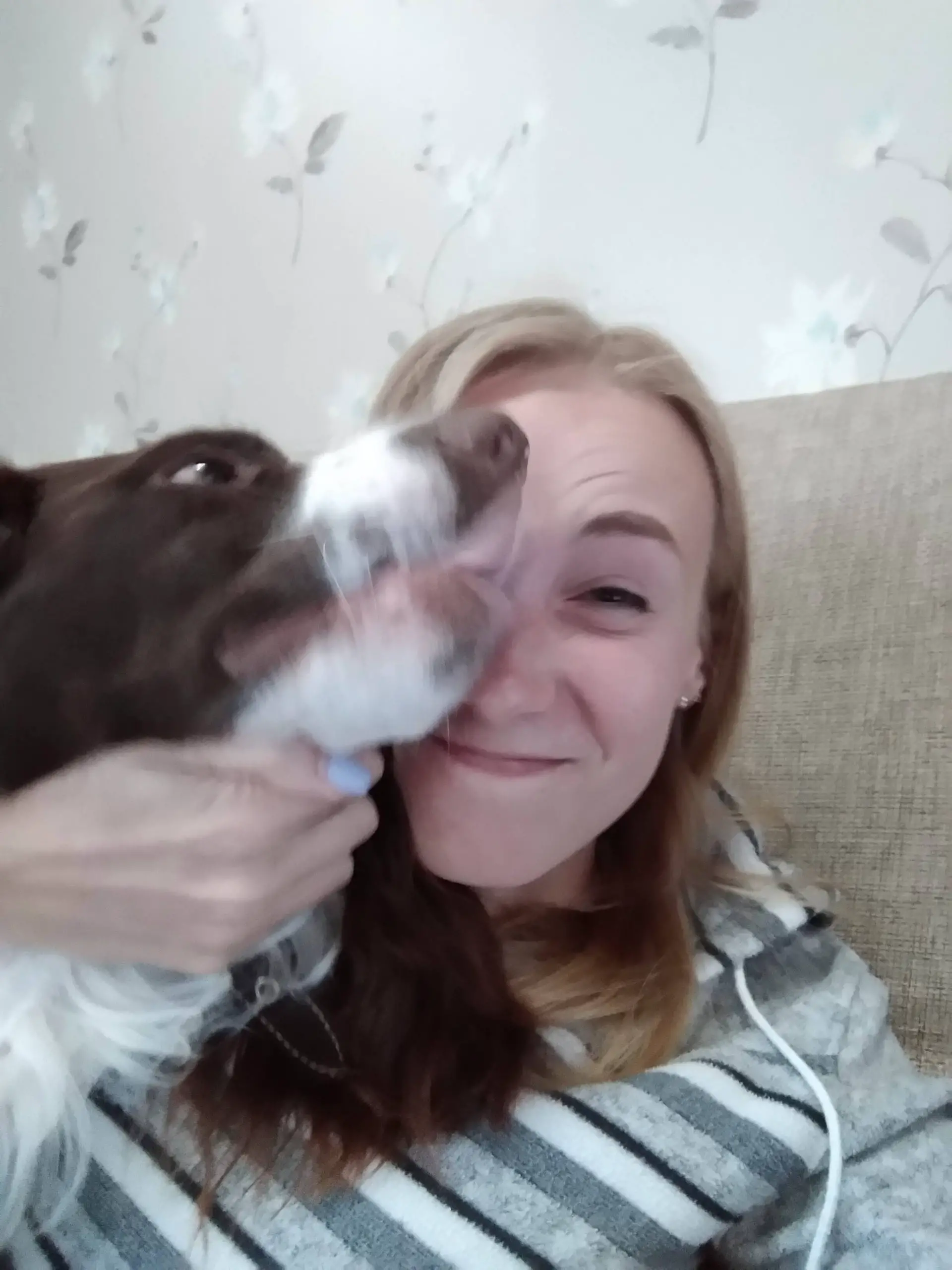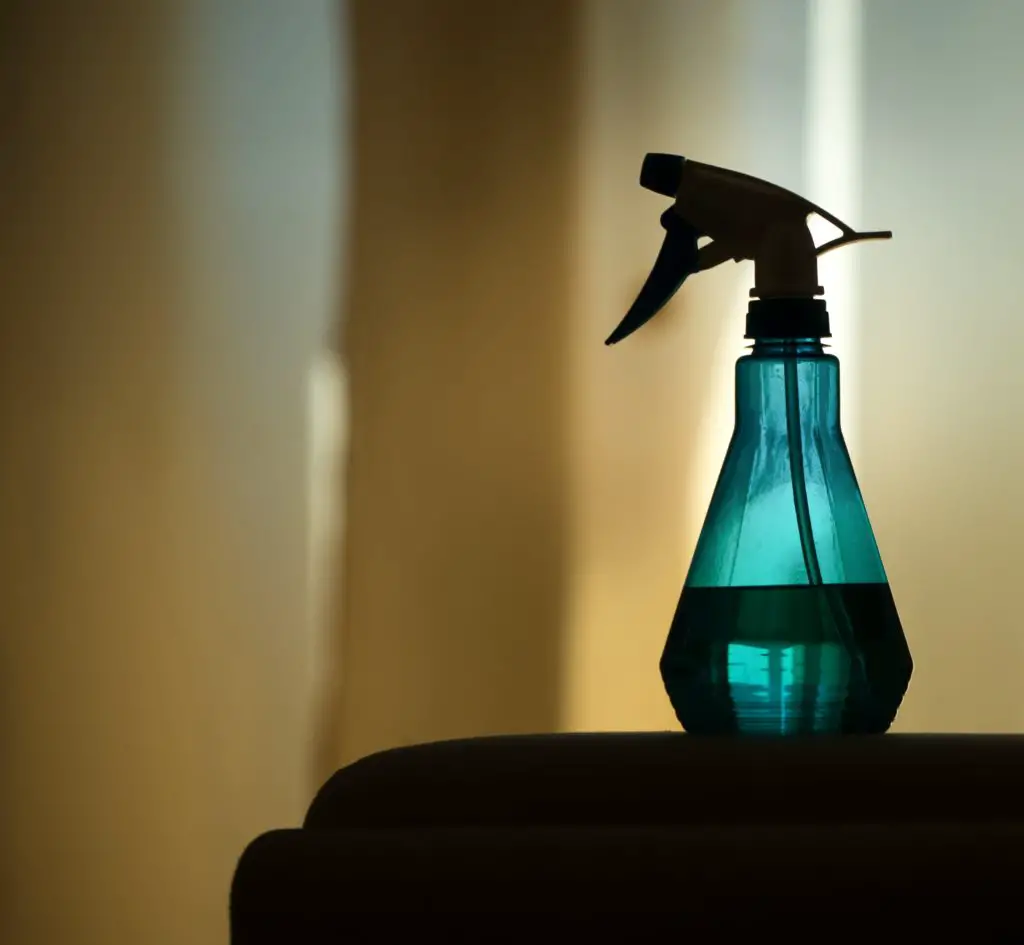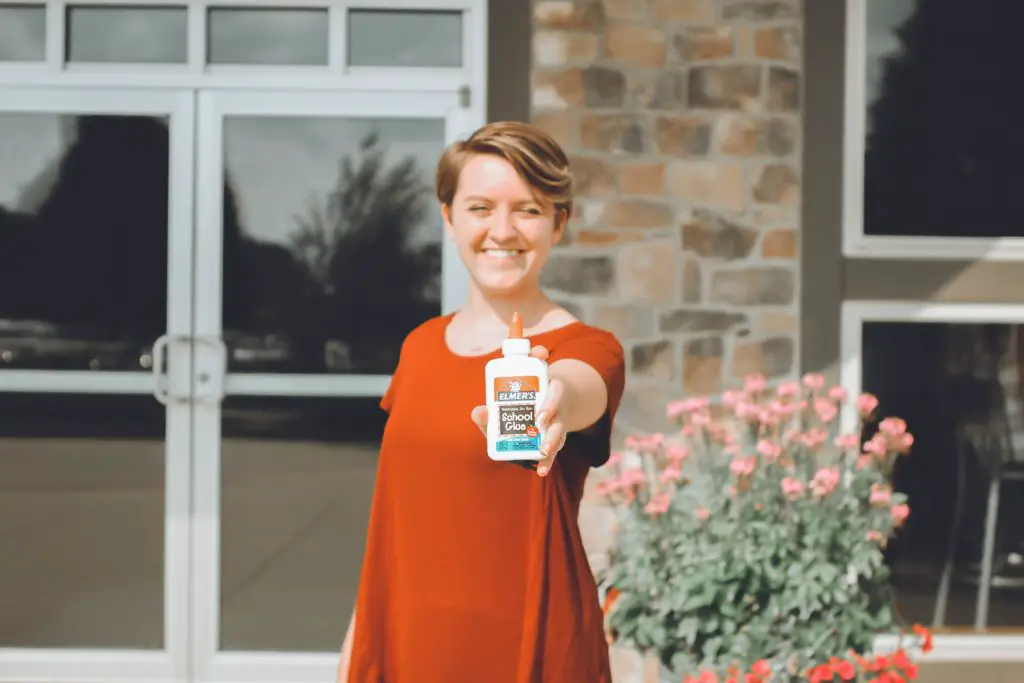Lysol is a popular disinfectant brand that has many uses, but for those of us with a furry friend, we want to make sure that we’re not putting any harmful chemicals in the air or on the carpet that might harm them.
As such, people often wonder whether Lysol is safe to use around cats and dogs.
You should never use a traditional disinfectant spray like Lysol nearby your pets. Because it contains alcohol and phenol, it poses a serious health risk to both cats and dogs.
There’s a lot that goes into why Lysol is so dangerous for cats and dogs.
The rest of this article will dive deep into just what exactly makes this disinfectant so deadly for your furry friend and how to keep them safe when using any Lysol products.
Is Lysol Toxic to Cats/Dogs?
Lysol contains ethanol and isopropyl alcohol.
The issue is that with their smaller bodies, dogs and cats are much more susceptible to alcohol poisoning, which can occur either by ingesting or coming into contact with any disinfectant.
Lysol also contains 5-6% phenol, an aromatic organic compound, that is corrosive to the skin, eyes, and digestive tract for humans, dogs, and cats.
Ingesting phenol can cause severe damage to the lungs, and if it gets on an animal’s skin, they will suffer painful blisters and burns.
Cats are particularly susceptible to phenol since they don’t have the enzymes in their liver to detoxify it.
A cat or dog walking across a surface recently sprayed with Lysol may ingest the substance by licking their paws and spread it to the rest of their body by cleaning.
Some Lysol products also have ammonia, which can irritate the mucous membranes.
Can I Spray Lysol If I Have a Dog/Cat?
Lysol is generally not recommended for homes that have a dog or cat.
You should never ever spray your dog or cat with Lysol, even if they are covered in fleas or ticks.
Lysol can’t really ever be considered safe in a pet household, since the compounds that are so dangerous are airborne and always pose a risk.
If you’re going to use Lysol, make sure your pets are far away while spraying, keep them away from the area for at least 10 minutes, and dry off the sprayed area thoroughly.
The most dangerous effects of Lysol are from pets walking on it and then accidentally ingesting it, so the more you can do to reduce this risk, the better.
Are There Better Alternatives to Lysol?
While there are many supposedly pet-safe alternatives out there, keep in mind that the purpose of a disinfectant is to indiscriminately kill bacteria, so any effective disinfectant spray will be harmful to organic matter (like you and your pets).
Don’t worry. There are still ways to keep your home clean with pets.
Vinegar and baking soda are both effective cleaners. You can use the baking soda raw or add water to make a cleaning paste.
Mineral oil is a safe alternative that works as a wood cleaner, and cornstarch can be used to clean carpets and windows. Check out the list of pet-friendly cleaning products on Amazon now!
How to Keep a Pet Safe While Using Lysol?
To keep a pet safe when using Lysol, always make sure they are nowhere near you when you spray.
The closer your pet is, the more likely they are to ingest the volatile chemical components in the disinfectant.
If you’re spraying on a surface your pet likes to walk on (I’m looking at you, countertop cats), thoroughly dry the area and make sure your pets stay away from it for at least 10 minutes.
How Long After Spraying Lysol Is It Safe for Pets?
After spraying Lysol, you should keep your pets clear of it for a while. The most dangerous period of time that Lysol can adversely affect your pets is right when you are spraying.
Take a quick look around and do a mental check on where your pets are.
Once you’ve sprayed, dry and keep your pets clear of the affected area for at least 10 minutes.
What to Do If Your Pet Licked Lysol?
If your pet has licked Lysol or been exposed to Lysol spray, don’t panic! There are some simple steps you can take.
Wash your pet’s feet thoroughly with a mild soap and water, and, if necessary, wash out their mouth to ease the irritation.
Alternatively, you could give your dog milk and warm water to reduce the irritation of the Lysol in the throat.
In most cases, one lick isn’t likely to harm your pet, but you should be on the lookout for vomiting, nausea, or excessive drooling as symptoms of a severe reaction.
As soon as you realize your pet has been exposed to Lysol, you should call your local vet and follow their instructions. Check out the list of pet-friendly cleaning products on Amazon now!
Conclusion
Lysol can be extremely toxic to both dogs and cats, especially when used in proximity to them.
The products in Lysol can irritate your pet’s throat and skin, and dangerous compounds like ethanol and phenol are toxic.
Cats are unable to detoxify phenol and are thus extremely vulnerable to Lysol sprays containing phenol.
If you’re using Lysol in the house, you should exercise caution and make sure your pets are nowhere nearby when you spray a surface.
Thoroughly dry the area and make sure your pets don’t walk over it for 10 minutes or longer.
If you suspect that your pet has licked something with Lysol or has been exposed to its airborne chemical toxins, call your local vet and seek advice immediately.
Most cases of Lysol poisoning are resolvable with at-home treatment, but you should always trust the advice of your local veterinarian.

My name is Katie, and I have had different pets at home for as long as I can remember. While I can definitely say I love all animals in general, my heart belongs to cats and dogs. I know you are supposed to choose one or the other, but I could never really decide. I’ve also owned hamsters and fish when I was a kid, and they filled my childhood with very delightful memories.




